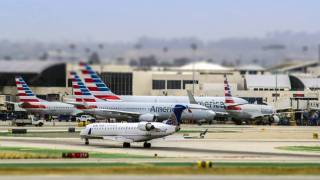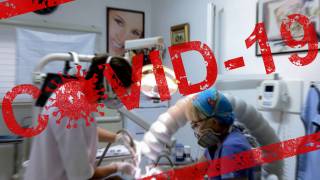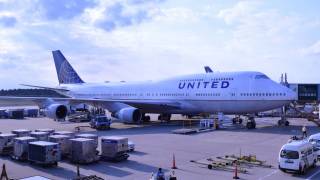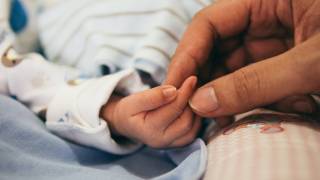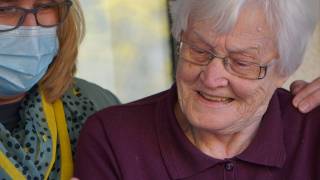Empty Middle Seats Do Reduce Health Risks
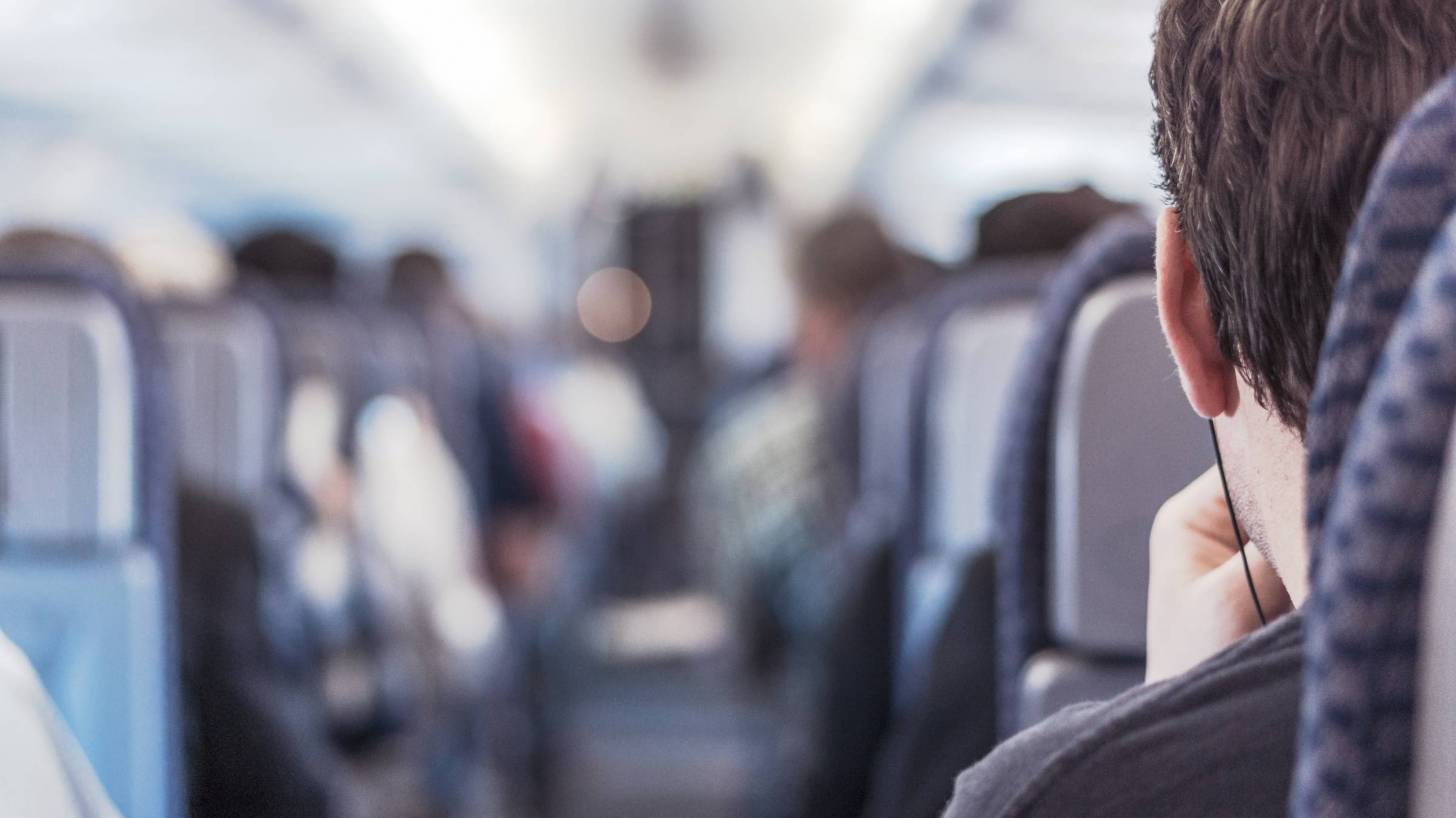
A recent study used aggregated data to approximate the probability that an air traveler sitting in a coach seat will contract Covid-19 disease on a US domestic flight.
With enhanced air purification systems, airplanes are “not like a typical indoor environment, so it is safe for that respect. But even so, you're much closer to people for a longer period of time than you would be normally,” said this researcher.
This non-peer-reviewed study published on August 2, 2020, reviewed flights that were 2-hours long, both when all coach seats are full, and when all. but middle seats are full.
The point estimates were based on data from late June 2020 are 1 in 4,300 for full flights and 1 in 7,700 when middle seats are kept empty.
These estimates are subject to both quantifiable and nonquantifiable sources of uncertainty, and sustain known margins of error of a factor about 2.5.
However, because uncertainties in key parameters affect both risk estimates the same way, they leave the relative risk ratio for fill all seats compared to the middle seat open close to 1.8 (i.e., close to 1/4,300)/(1/7,700).
Additionally, these researchers estimated the mortality risks caused by Covid-19 infections contracted on airplanes, taking into account that infected passengers can in turn infect others.
The point estimates, which use 2019 data about the percentage of seats actually occupied on US flights, range from one death per 400,000 passengers to one death per 600,000.
These death-risk levels are considerably higher than those associated with plane crashes, but comparable to those arising from 2-hours of everyday activities during the coronavirus pandemic of 2020.
The airline industry itself continues to be split over virus safety approaches, with airlines including Delta, JetBlue, Alaska, and Southwest opting not to sell middle seats to provide more distance between passengers and reduce the risk of illness.
“I've been doing research about aviation safety from a statistical viewpoint for many, many years, and this is the first time that I've seen where U.S. domestic airlines disagreed overtly on a matter related to safety,” MIT Sloan professor and author of the new study Arnold Barnett said in a press statement.
“It seemed to me that all we were getting was a clash of conjectures.
Barnett added, “Is it really more dangerous to fly than to engage in everyday activities? It’s not more dangerous, but it’s not less dangerous. The relative risk for passengers might depend on the level of infection where they live, and whether they are practicing social distancing or not.”
Vax-Before-Travel publishes research-based healthy traveler news.
Our Trust Standards: Medical Advisory Committee








